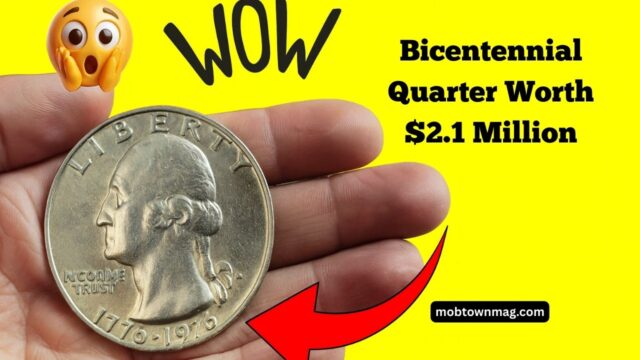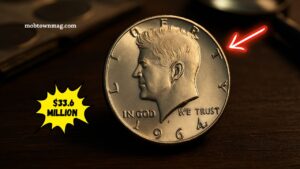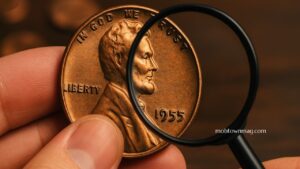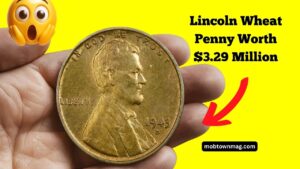Viral stories claim Grandpa’s Bicentennial quarter is worth $2.1 million—but such claims are wildly exaggerated.
The truth: no publicly verified sale has ever approached that figure. However, certain rare examples—especially MS-graded 40% silver coins and dramatic mint errors—have fetched five-figure sums.
This article unpacks the real values, what to look for, and how to determine if your coin is more than nostalgic change.
Understanding the Real Value of Bicentennial Quarters
Despite what sensational headlines suggest, the actual market value of Bicentennial quarters remains grounded. Here’s a breakdown:
| Coin Type / Variety | Grade / Error Type | Typical Realized Price | Why It’s Valuable |
|---|---|---|---|
| 1976-S 40% Silver regular strike | MS69 | Up to $19,200 | Highest known mint state grade—extremely scarce in top condition |
| 1976 Clad (no mintmark or “D”) | MS67+ | Around $1,800–$2,000 | Top-pop grade for an otherwise mass-mintage coin |
| Error coins (e.g., overstruck on dime or wrong planchet) | PR67, MS grades | Hundreds to five-figure sums | Dramatic minting anomalies capture collector interest |
| Typical circulation strikes | Most grades | Face value or modest premium | High original mintage—limited collector value unless top-graded |
Which Features Boost Value?
1. Mintmark and Composition
- No mintmark = Philadelphia; D = Denver; S = San Francisco. The S-minted silver version (40% silver) often yields higher value.
- Weight and edge: silver versions weigh around 5.75 g and lack the visible copper “sandwich” layer found in clad coins.
2. Condition (Grade)
- Coins graded MS67+ or MS69 are rare for this series and command premium prices.
- Slab certification from reputable grading services offers credibility and market confidence.
3. Mint Errors
- Bold errors—like a quarter struck over a dime, an off-center strike, or a wrong-planchet issue—can significantly increase value.
- Eye appeal, grade, and rarity determine just how much above face value they command.
How to Evaluate Grandpa’s Quarter
- Do not clean it, as improper cleaning dramatically reduces collector value.
- Weigh it and examine the edge: solid silver, clean edge = potential silver version.
- Use a magnifier to spot mintmarks, off-center strikes, overstrikes, or unusual features.
- Consider professional grading—a verified high grade or error can unlock serious value.
The sensational idea of a $2.1 million Bicentennial quarter is simply a myth. In reality, even top-grade 1976-S silver coins reach only around $20,000, and most circulate for little more than face value.
However, if your coin is in mint state condition or exhibits a striking error, it might hold considerable worth.
A careful inspection and proper grading might reveal that Grandpa’s quarter is more than just sentimental—it could be a legitimate collector’s treasure.
FAQs
Can any Bicentennial quarter actually be worth over $1 million?
No. Verified sales top out at around $20,000 for exceptional 1976-S silver MS69 specimens—not anywhere near $1 million.
What features make a Bicentennial quarter especially valuable?
Key features include being the 1976-S silver version, having high mint-state grade (MS67+), or possessing a dramatic mint error like an overstrike or wrong planchet.
How should I check if mine has value?
Weigh the coin, look closely for mintmarks or errors, avoid cleaning, and consider professional grading if it appears unusually well-preserved or erroneous.




